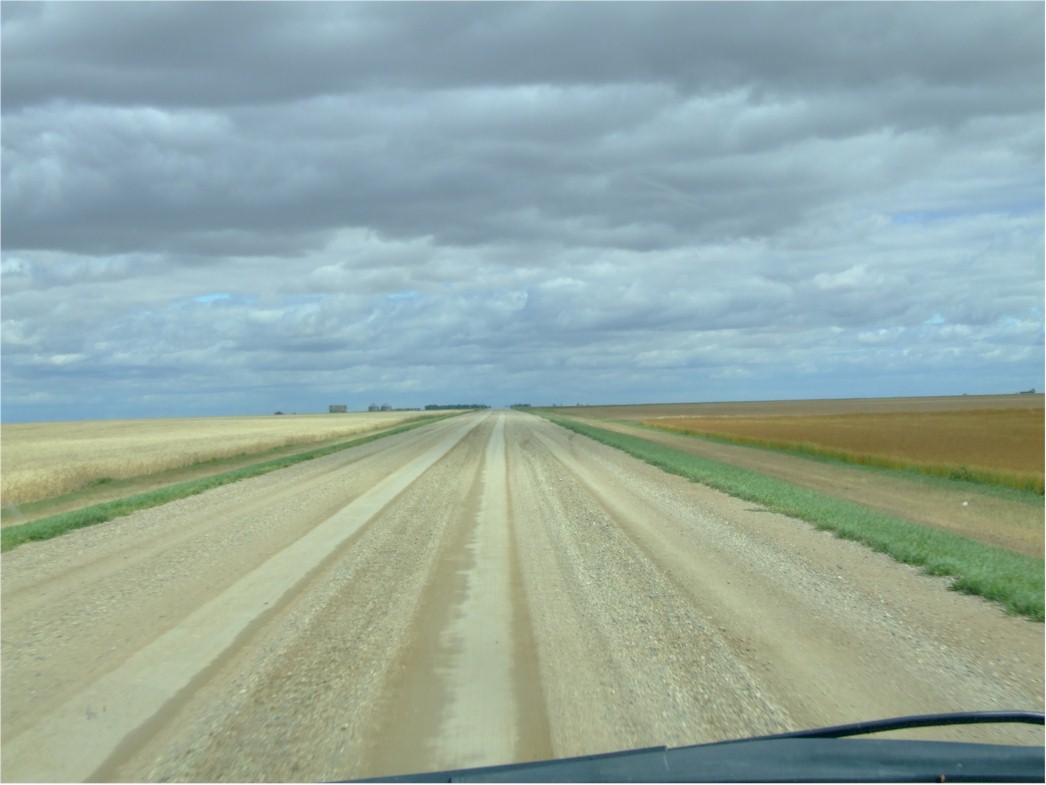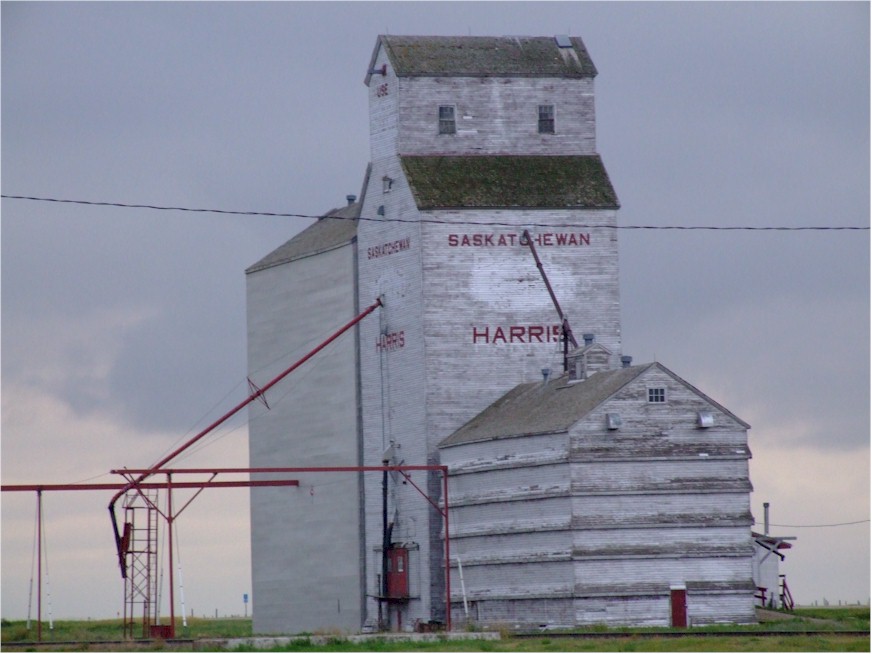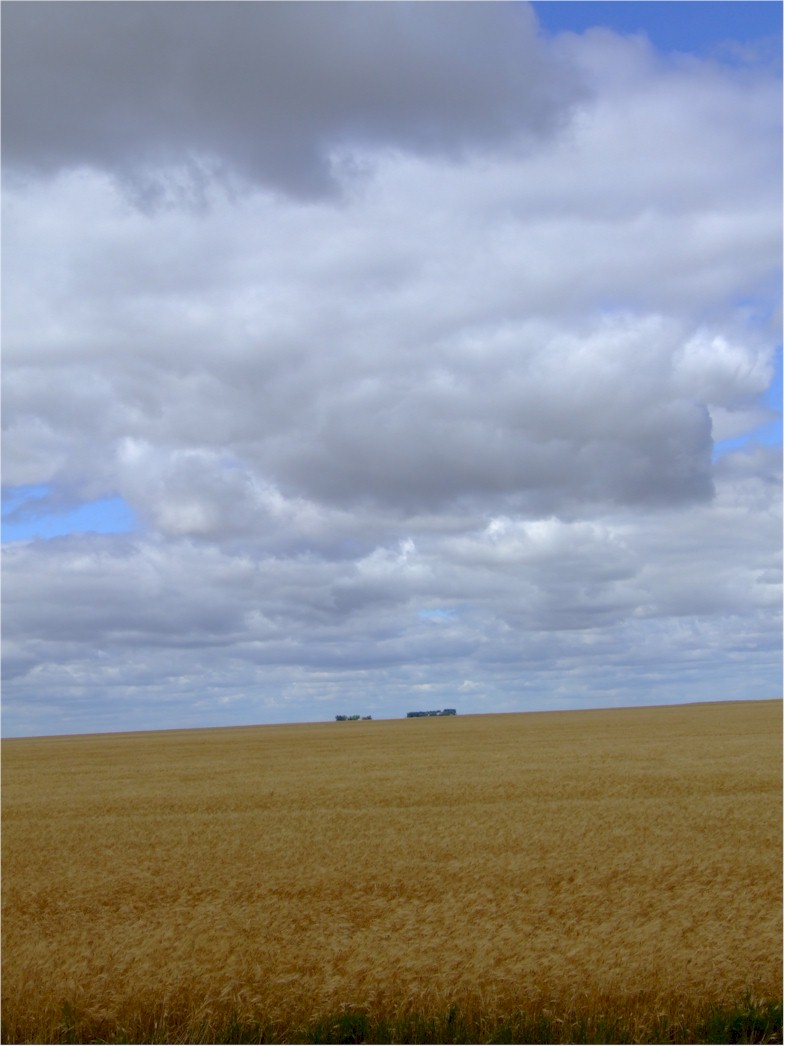Despite Saskatchewan’s reputation for its prairie geography, there is a surprising variety of landscapes, including the hills and lakes in the north, a lake with water that is denser than the Dead Sea, and the North and South Saskatchewan rivers.
Saskatchewan also features historical sites related to the North-West Rebellion. In 1885, Louis Riel, leader of the Metis (persons of mixed French Canadian, other European and Aboriginal descent), led an uprising against the Canadian government that culminated in the Battle of Batoche. The interpretive centre at Batoche remains a popular tourist destination. While the battles were not particularly large by world standards, the Rebellion was politically significant for the Canadian west, and offers a glimpse into what life was like on the Canadian frontier.
The fresh air and open sky are other distinctive features of the prairie. There is little light pollution, and therefore stargazing is wonderful.
Saskatchewan’s population used to be primarily rural, but is becoming more urban. The population had been declining for many years, although this is changing in recent years, as oilsands, potash and uranium development are driving an economic boom that is mirroring Alberta’s boom. Farming remains the largest sector of the economy (actually is no longer the largest sector as the oil,gas and mining sectors expand), though it is becoming economically nonviable. There are some attempts to grow other sectors of the economy, such as scientific research and technology. For example, a synchrotron has been built at the University of Saskatchewan in Saskatoon.
Saskatchewan, unlike the rest of Canada, does not participate in Daylight Savings Time. This means that in the winter, it is in the same time zone as Manitoba, and in the summer it is in the same time zone as Alberta.
(text content courtesy of Wikitravel and used under the Creative Commons license)


